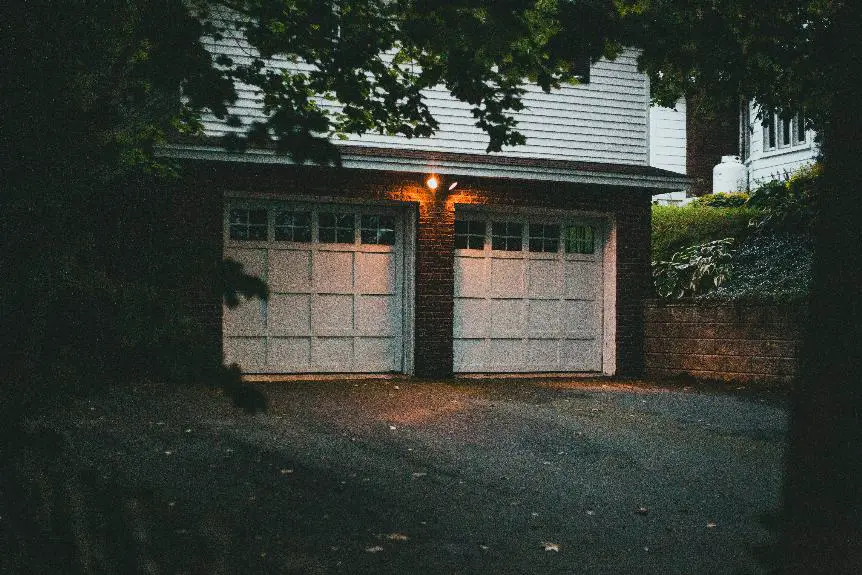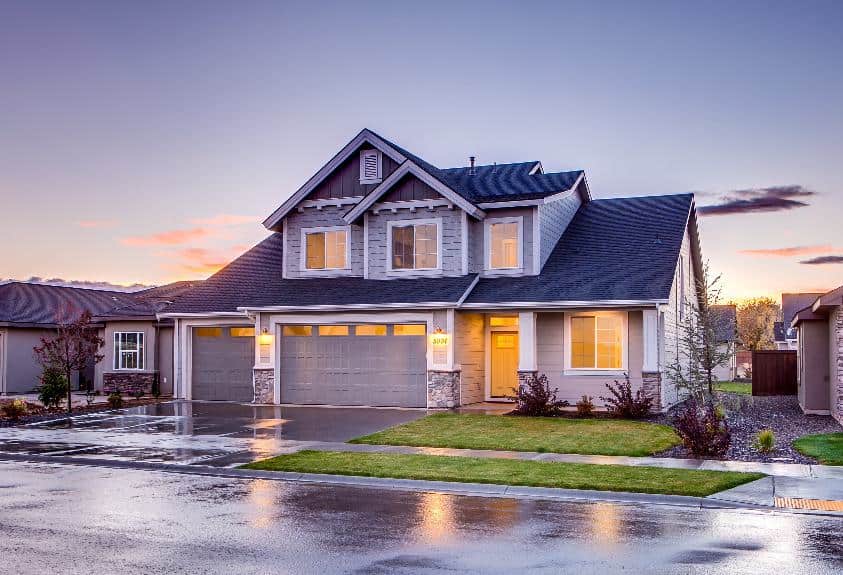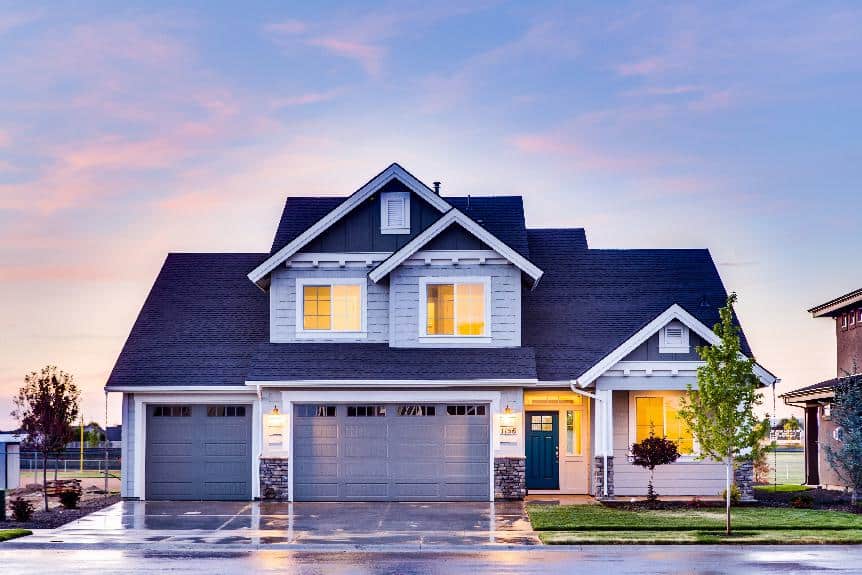When designing a garage, it's essential to leave a minimum of three to four feet of space between garage doors. This allows for safe and easy vehicle movement and reduces the risk of damage.
Also, consider extra space for the side walls to fit door mechanisms and allow clear access. Proper spacing is crucial for functionality and maintaining the garage's structure.
Optimal Spacing Essentials
When planning garage door spacing, efficiency is key for usability and vehicle safety. The space between doors is important for both looks and function, ensuring easy parking and vehicle protection. A typical starting point for two garage doors is a minimum of two feet apart. This may need to be increased for larger vehicles or to aid maneuvering.
Additionally, keep at least four feet clear from garage sides or nearby doors. This allows for unobstructed car door opening and may accommodate storage or a work area.
The spacing should be customized based on vehicle size and garage use. Testing different parking distances can help identify the best layout for individual needs, including potential storage or tool racks.
Vehicle Maneuverability Factors
Vehicle size and turning radius dictate that sufficient space between garage doors is vital for easy access. In designing a garage, especially with two single doors, vehicle maneuverability must inform the layout to enable cars to easily navigate into the slots. The space between doors provides a safety buffer and convenience, particularly for larger vehicles with wider turning circles.
For a two-car garage, the recommended gap between doors is determined by the need to prevent door scratches and to allow car doors to open fully without hitting anything. Several feet of separation is advisable to protect the cars and to make entering and exiting them more comfortable. This spacing helps avoid damage and improves the parking experience by reducing the need for difficult maneuvers.
Additionally, the spacing between garage doors affects garage functionality. If the gap is too small, parking and opening doors without hitting other cars or the garage itself becomes challenging. Balancing space for vehicle movement with space for storage or tools is crucial. Prioritizing parking and workspace allows for effective garage use, facilitating easy vehicle storage and other activities.
Structural Integrity Considerations
Proper spacing between garage doors is crucial for the structure's integrity. It's not just about convenience; it's about ensuring the building's durability and stability. The spacing must account for structural considerations, so the garage can endure regular use and environmental pressures.
A standard garage door needs lateral support from the structure. If the doors are too close, the central pillar may not support the load well, risking structural failure. Experts often suggest at least one foot of space between two standard 9×8 doors for adequate support and to maintain wall strength and door functionality.
Different types of garage doors might require more spacing, especially if they are larger or heavier, to avoid putting excess stress on the structure. This extra room helps prevent damage that could weaken the structure.
Aesthetic Balance and Design
The spacing between garage doors is important for both the look and functionality of a home. Proper planning is needed for garages with multiple doors to ensure they look good and function well. Correct spacing helps keep the garage from overwhelming the home's exterior and allows for easy car access and storage without damaging the vehicles.
For a single-car garage, there should be enough space around the door for storing items like bicycles without affecting the home's overall appearance.
For double or multiple-door garages, the spacing should be in proportion to the door sizes and the house's facade to improve the home's curb appeal and provide a balanced look.
The space should also be practical, allowing for easy movement between cars and offering enough room for storage or a work area inside the garage. Good design combines visual appeal with functionality, achieving a balanced and effective garage space.
Standard Garage Dimensions
Standard garage sizes are usually 12 feet wide for a single-car garage and 24 feet wide for a double-car garage. The typical height is between 7 and 8 feet. These dimensions allow for most vehicle sizes, including large SUVs, and provide enough space to open car doors without hitting them.
It is recommended to have at least two feet of clearance between the garage doors and any nearby walls or obstacles to prevent damage to the vehicle. For larger vehicles or those with frequent passengers, this space is particularly important. Additionally, maintaining a minimum of four feet of space on the sides of the garage or near any doors is advised for storage and movement around parked cars.
The wall between two garage doors should also follow these size recommendations to act as a buffer and protect vehicle doors from dings. When building or remodeling a garage, considering these standard dimensions, including the distance between doors, is important for a functional and safe vehicle storage space.
Garage Door Types Comparison
In comparing garage door types, space requirements differ based on the door's operating mechanism and design. Standard single doors are 8 feet wide and easy to install and use. Swing-out, swing-up, and slide-to-side doors need at least 18 inches of clearance to function without obstruction. Sectional doors, common in homes, require 11 to 12 inches of headroom, less than other types.
WiFi garage door systems, which offer remote control through smart devices, still need sufficient wall space for installation and service access, although they reduce the need for physical clearance.
To prevent damage, it's recommended to keep three to four feet between multiple doors. This spacing allows for safe opening of vehicle doors and comfortable movement around cars.
The suggested distance between garage doors is usually more than two feet, aimed at improving user experience and maintaining the doors' condition. This is an important factor when planning and installing garage doors.




